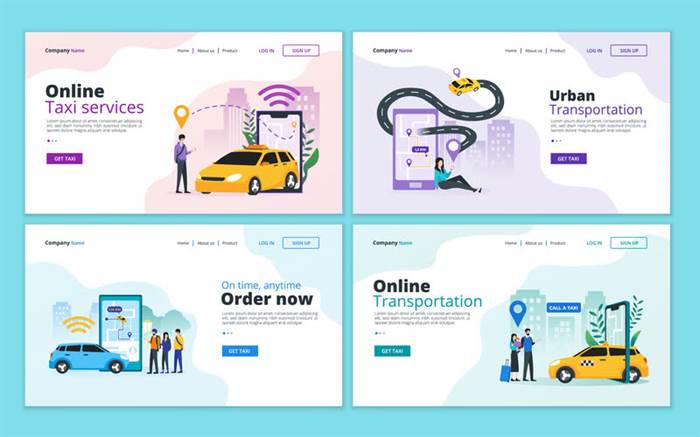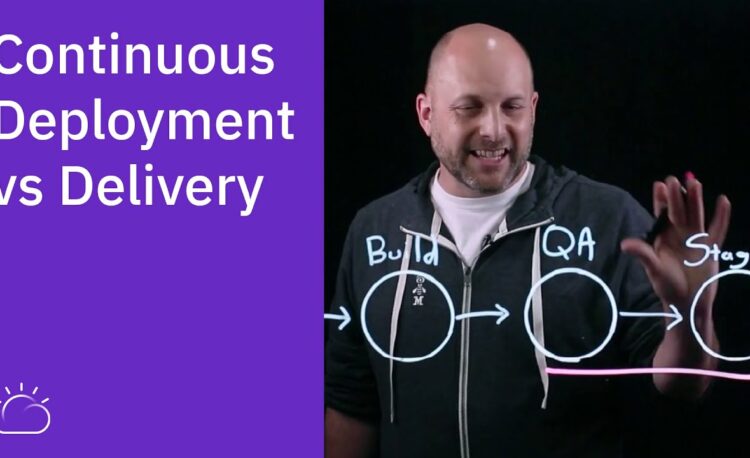Automated unit and integration tests are going to catch them before they have an opportunity to succeed in production. A good follow, in case a potential bug does attain production despite all your efforts, is to cowl them with a take a look at case. Now that pipeline is out of the greatest way, let’s discuss about the level of this text. To get to CD, you even have to arrange your software program testing, staging and deployment processes in a method that automates them as a lot as possible and makes them continuous. Doing so requires more than simply turning on a sure kind of tool. Besides starting with the same word (“continuous”) and being completely different stages in trendy software supply pipelines, they don’t have a lot to do with one another.

CI/CD instruments may help a group automate their improvement, deployment, and testing. Some tools specifically handle the integration (CI) aspect, some handle improvement and deployment (CD), while others concentrate ci/cd pipeline monitoring on steady testing or related functions. On the opposite hand, Continuous Delivery (CD) is the method of automating the supply of software to a production setting constantly and reliably.
What’s additionally quite common is that these phrases are used interchangeably, typically as synonyms. In the CI/CD pipeline, each stage serves as a gate that verifies a selected feature of the code. The premise is that, as the code travels via the pipeline, its quality will enhance since builders will examine more aspects of it. Early-stage problems prevent the code from advancing through the channel. If the software fails a stage, all subsequent builds and releases are halted.
Example Ci/cd Workflow
From merging codes to testing builds, continuous integration (CI) validates all the stages of the development course of while optimizing the code launch cycles by way of automation capabilities. This, in turn, minimizes the chance of prolonged feature improvement cycles and associated points like merge conflicts. Continuous supply is the interim step of a software program release pipeline that begins with continuous integration and ends with steady deployment.
Continuous integration allows code to be built-in regularly, reducing the time wanted for integration and detecting issues earlier in the development course of. This means teams can develop more shortly and deliver new options extra quickly. This improvement method builds upon Continuous Delivery and essentially fully removes all human intervention. Any release candidate that’s found to be ready (and passes all quality and testing gates) is instantly pushed to production.
Practices
This will allow your group to improve your course of and avoid placing effort into chasing fancy metrics that don’t deliver any worth to your course of. CI/CD and DevOps, their variations and the https://www.globalcloudteam.com/ way they function collectively are regularly misunderstood. Here, we have listed the top 10 CI/CD greatest practices you ought to be acquainted with in 2022.
DevOps, which stands for growth and operations, is a collaborative practice that goals to eliminate the divide between development and operations groups inside a business. Developers frequently commit codes to model management methods similar to GitHub, which begin the CI process. The code quality could be determined by scanning or analyzing it with static code analysis instruments.
Red Hat OpenShift Pipelines is designed to run each step of the CI/CD pipeline in its own container, allowing each step to scale independently to meet the calls for of the pipeline. This means admins and builders can create pipeline blueprints for functions that are based on their organization’s distinctive business and safety necessities. Red Hat® OpenShift® helps organizations improve developer productivity, automate CI/CD pipelines, and shift their safety efforts earlier and throughout the event cycle. Now that we have seen what “Integration” means, it is extremely straightforward to grasp what “Continuous Integration” entails. As the adage goes, “if something is painful, do it extra usually.” Continuous Integration is actually the repetition of the combination step with a high frequency to alleviate its pain. And the obvious method to do it regularly is to combine after EVERY feature merge (instead of ready earlier than an official launch is announced).
Containers are beneficial to prevent considerations concerning the lingering impact on new experiments. Containers scale back the effects of various host environments and allow the components to be built-in using normal APIs. Human expertise like collaboration and creativity are just as vital for DevOps success as technical experience.
- They take place in this order with continuous integration being the inspiration the others want.
- In this stage, code is deployed to production environments, together with public clouds and hybrid clouds.
- CI/CD tasks would usually be triggered whenever changes are launched in code, however unnecessary processes will decelerate progress and strain assets like CPUs and developer hours.
- In this text, we will explore what CI/CD is, the method it works, the differences between these practices, and their relationship with DevOps.
- These tools allow automation, reporting, and straightforward administration of the continuous delivery pipeline.
- These steps are only suggestions and could be changed primarily based on the organization’s necessities.
You can even repeat the steps for testing, safety, efficiency, and different reasons. Also, one can make modifications at different ranges based mostly on a selected project. Continuous Integration (CI) and Continuous Delivery (CD) are two necessary concepts in agile software program development. Although these phrases are often used together, they refer to totally different processes with distinct targets. Companies continually face challenges in guaranteeing environment friendly and high-quality software deliveries.
DevOps, on the other hand, is a software program development philosophy that centers on establishing a tradition of collaboration and communication between improvement and operations groups. It goals to offer high-quality software quickly and efficiently, with groups working together all through the software program lifecycle. The continuity and frequency of the event and release cycles also depend upon the organization, their enterprise necessities and technical limitations. Every DevOps team must consider their own requirements and determine an optimum launch cycle strategy utilizing the essential differentiating principles of interdependent CI/CD processes.
Collaboration Between Teams
The primary issue here is the single “integration” phase that happens at every product release. This is the pain level of the workflow and it prevents the staff from having stress-free releases. Moving a step further and increasing our CI set up to have more automation, we get steady supply. Simply put, CI is the process of integrating code into a mainline code base.
Create conversations amongst groups to challenge assumptions and ask questions. Approach each CI/CD challenge with discussions centered round, «How might we … ?» instead of, «We cannot do that.» Are you evaluating completely different CI CD tools on your DevOps project? On the other hand, Continuous Delivery is simply as essential, if not more so.

Deployments have been taking place very infrequently (there are companies that deploy once each six months to this day). In excessive instances, deployments have been taking place ONCE (the waterfall design approach). CI/CD exams and deploys code in environments, from where builders construct code to where operations groups make applications publicly out there. Environments typically have their own specific variables and safety guidelines to meet safety and compliance requirements. Treating code evaluation as a best practice improves code high quality, encourages collaboration, and helps even essentially the most skilled developers make better commits. In a CI/CD workflow, teams review and approve code or leverage integrated improvement environments for pair programming.
Begin Constructing Your Ci/cd Workflow
Writing tests as part of your tales signifies that developers create and maintain automated exams alongside the event of recent options or bug fixes. This practice ensures that exams cover the latest code adjustments and remain related as the codebase evolves. By incorporating tests into the event course of, teams can validate that their code meets the requirements, enhance code quality, and ensure that new changes don’t introduce regressions.

There isn’t any single methodology that groups ought to select for CI/CD; no choice is one-size-fits-all. Ask inner clients which work styles is sensible for joint groups and that greatest swimsuit the portfolio and property. Try completely different approaches till teams find what works best for them. Continuous Integration has been round for much longer and particular CI instruments exist to unravel these issues.
As seems from the outline above, continuous integration is simply the process of integrating modifications made to the code into a mainline code base. For this, developers use a code corresponding to CodeBuild specifically designed for this purpose. When builders merge their modifications into the principle branch often, they expose potential incompatibilities between the totally different items of code. Automated tests run as soon because the code is integrated, revealing any bugs or points instantly. This method reduces surprises on the end of the development cycle, when the price and complexity of bugs is way greater. Continuous deployment is just like continuous supply with the exception that releases happen routinely.
Steps For Building A Ci/cd Team
The goal of CI is to detect and resolve integration points as early as attainable, leading to quicker growth cycles, improved collaboration, and higher software quality. Companies try and deploy features as shortly as possible to stay competitive in the market. A seamless CI/CD pipeline is the perfect platform for such short launch cycles. The pipeline contains several DevOps automation tools and frameworks that help builders, testers, operations groups, and other project participants in delivering software to end-users. OpenShift GitOps permits clients to construct and combine declarative git driven CD workflows instantly into their application development platform. CI/CD is a software growth approach that focuses on integrating code incessantly, testing, and deploying changes constantly.

